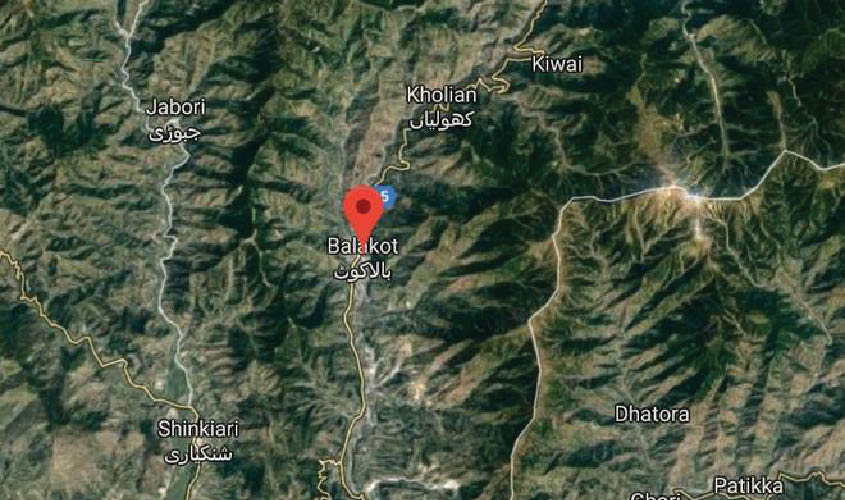Decision was taken at the topmost level to respond to Pakistan’s nuclear threat by making it clear that India was ready to strike at Pakistani cities.
New Delhi: India had mobilised its missile launching capabilities over land, air and sea after Pakistan threatened India with a nuclear missile strike, post Indian Air Force’s 26 February airstrike on a terror camp in Balakot in Pakistan. In effect, India was ready to carry out the first strike against Pakistan, rather than wait for it to fire its missile first and then respond. This would have been done if it was clear that a Pakistani strike was imminent.
The Indian missile systems were placed on standby mode and would have been launched within minutes of the order being received. Highly placed sources said that this was the closest India came, in the last few decades, to launch missiles at important cities in Pakistan.
The situation between the two countries got aggravated further post the downing of an Indian Air Force aircraft on 27 February and the subsequent capture of its pilot, Abhinandan Varthaman, who was attacked while repelling a Pakistan Air Force attack, which had intruded into Indian airspace, with Pakistan, even at the ministerial level, continuing to threaten India with a nuclear response.
Sources said Pakistan’s move to announce on 26 February that it was calling the National Command Authority (NCA) meeting on the next day was part of the whole aggressive behaviour, which culminated with Pakistan making it clear a day later that it was preparing to launch a nuclear missile strike on India. The NCA is Pakistan’s principal decision making body on nuclear issues.
The meeting was called on Wednesday but was announced on Tuesday with the aim not just to warn Indian policymakers that Pakistan was threatening a nuclear attack on Indian cities, but also to warn other countries of such an eventuality, while also giving them ample time to intervene in the matter and speak to India.
Pakistan later “conveyed” to India and other countries that were acting as peacemakers, that it had mobilised its warheads and had authorised local commanders to take “suitable actions”. Highly placed sources, who are aware of the developments that took place at the Indian government level on 26 February post Balakot, and after that on 27 February, have told The Sunday Guardian that a decision was taken at the topmost level not to back down in front of Pakistan’s nuclear threat and instead respond to it by making it clear that India was ready to strike at Pakistan’s cities. Sources said that after this decision was taken, the Indian mobilisation was carried out.
Responding to this threat, India, without putting in any effort to hide its intent, moved a part of its strategic arsenal at the International Border, while informing the relevant parties, including Pakistan, that this time it was going to strike at the heart of Pakistan and not on the territories of Pakistan Occupied Kashmir.
India has two nuclear powered submarines, INS Arihant and INS Chakra, and at least one of them was a part of this movement. According to sources, these submarines that can stay underwater for months, could have moved to the specific operational area even before the Balakot airstrike was ordered, without Pakistan or any other agency getting to know of it.
The wisdom in Pakistan was that Pakistan’s nuclear threat would be enough to force India to scale down its response. However, once the exactly opposite happened, Pakistan was forced to seek the support of the United States and Saudi Arabia in order to de-escalate the crisis, of which returning Abhinandan was the first step. Pakistan’s bluff of a nuclear attack was called at that very moment.

